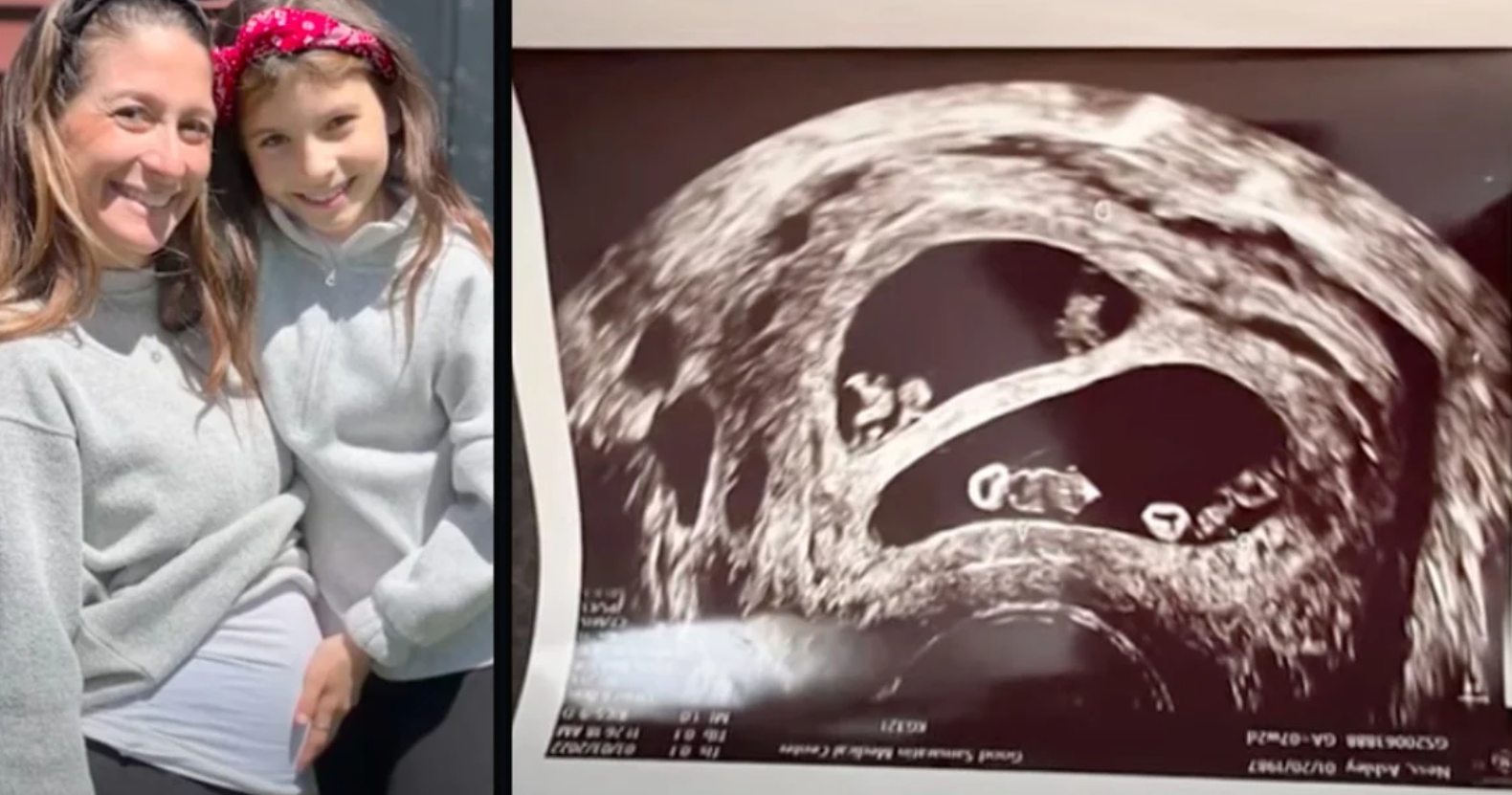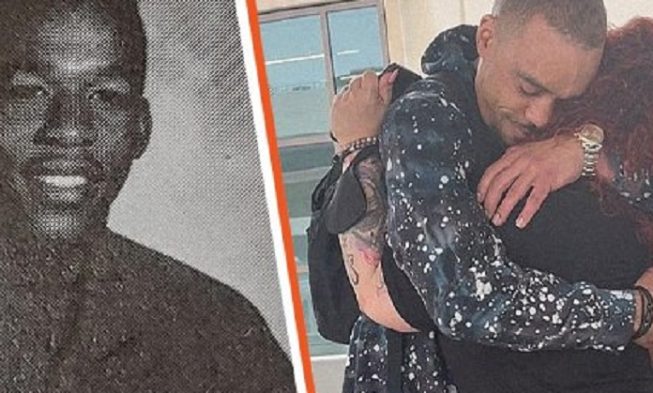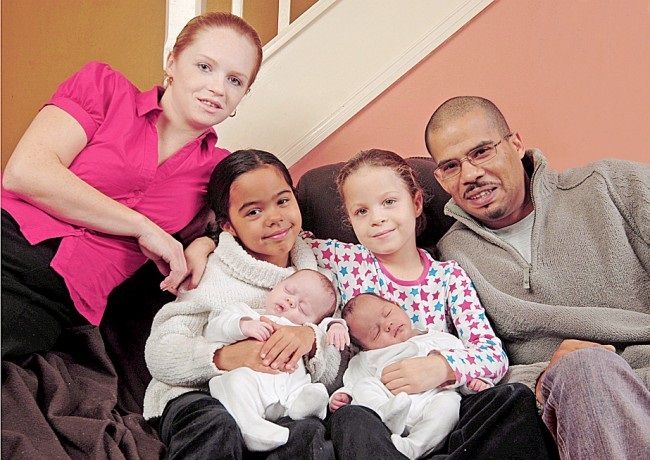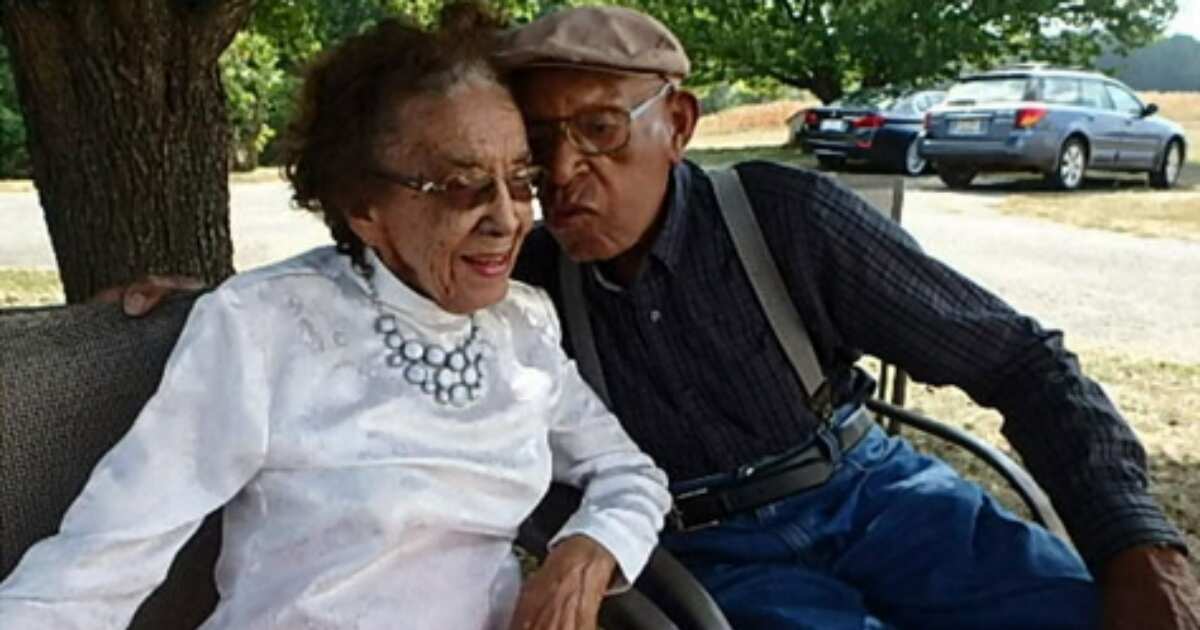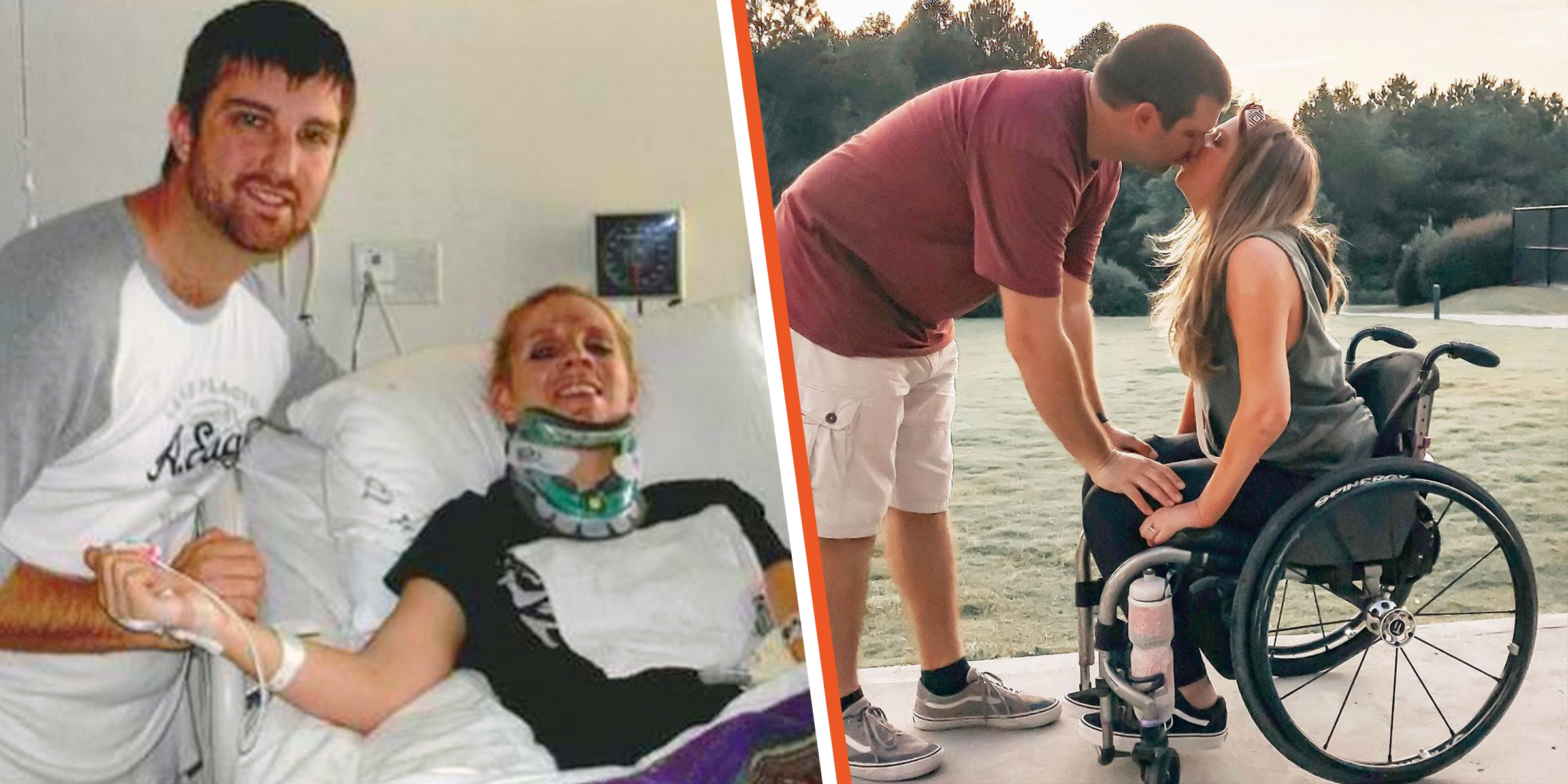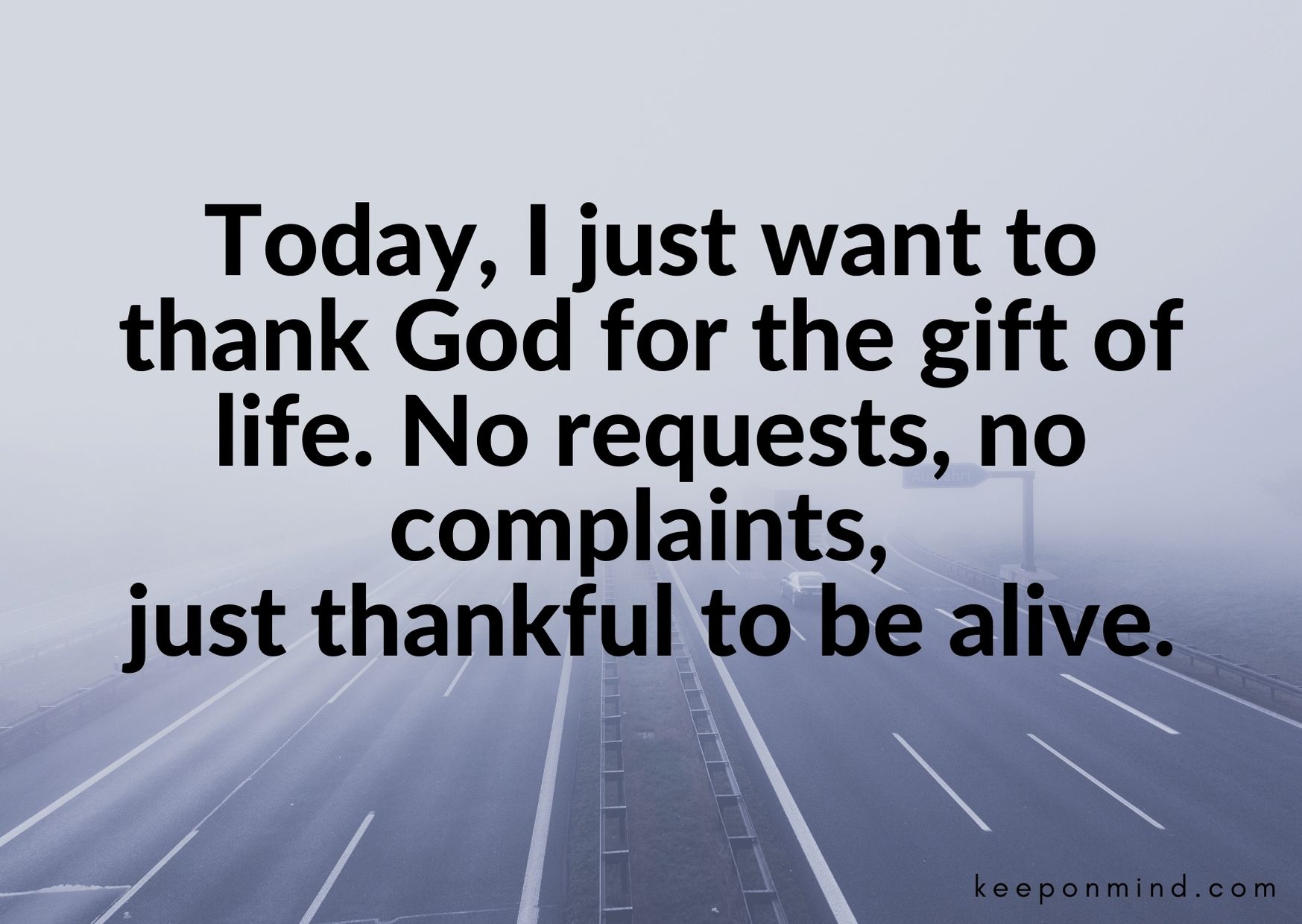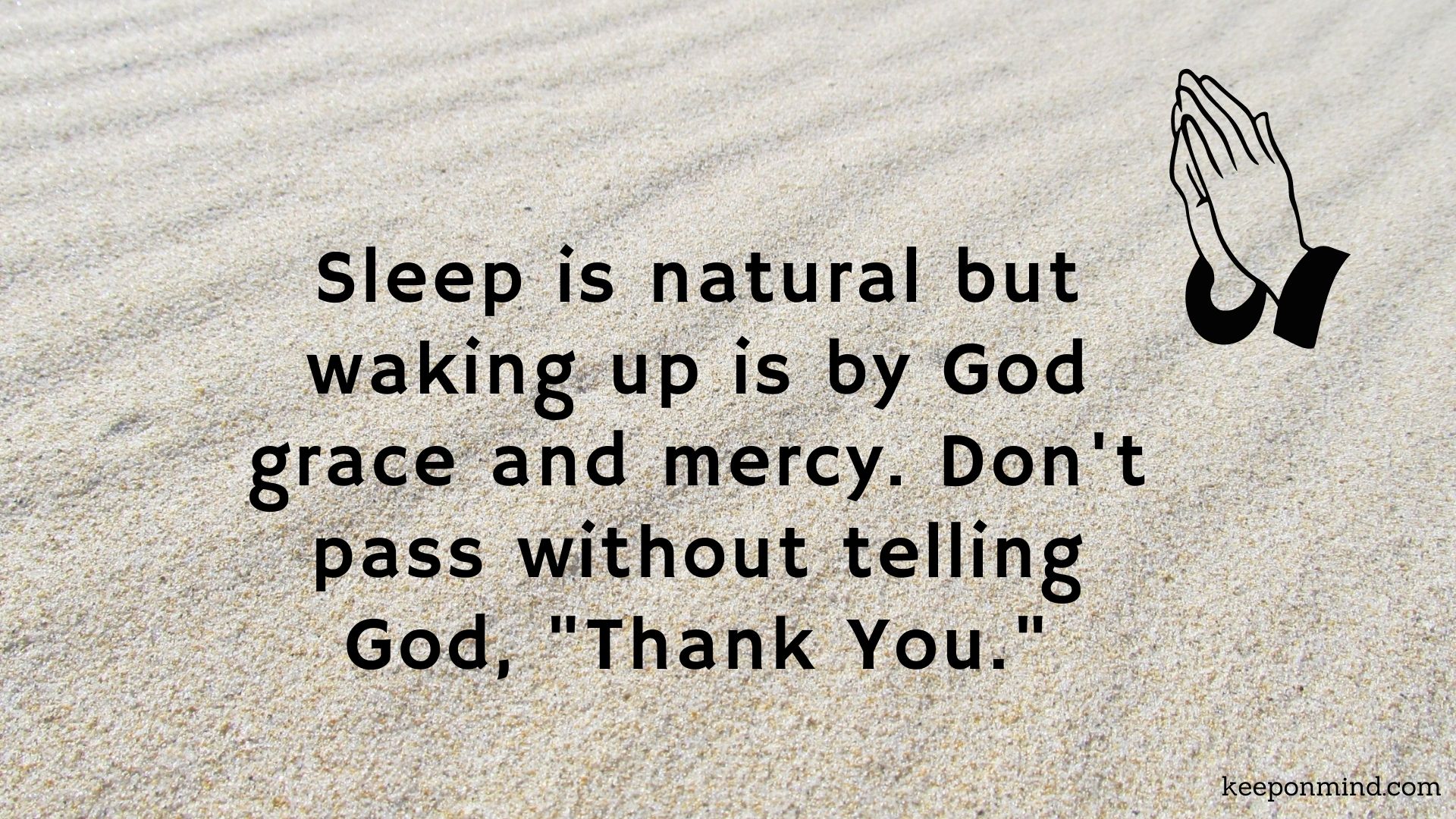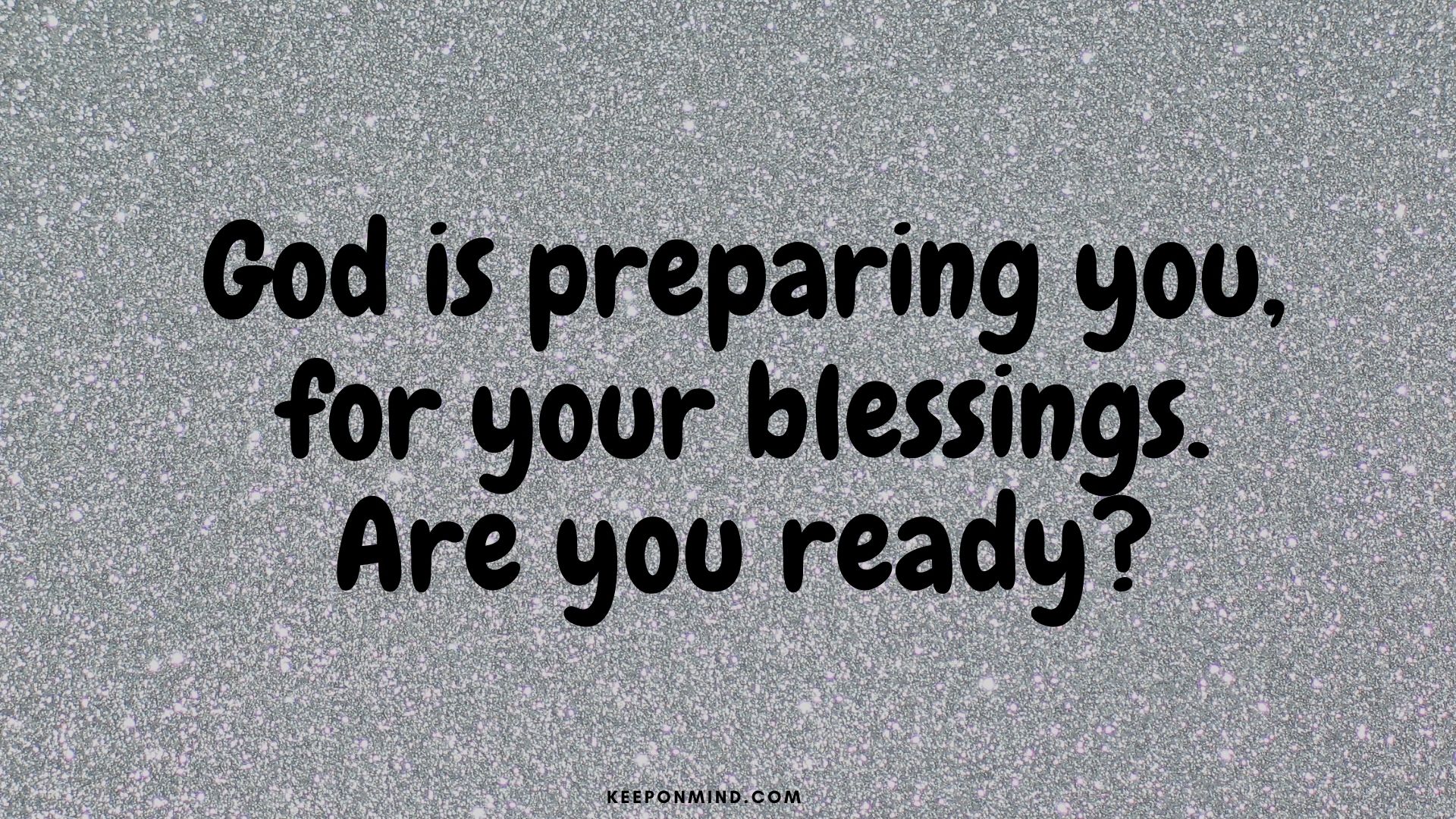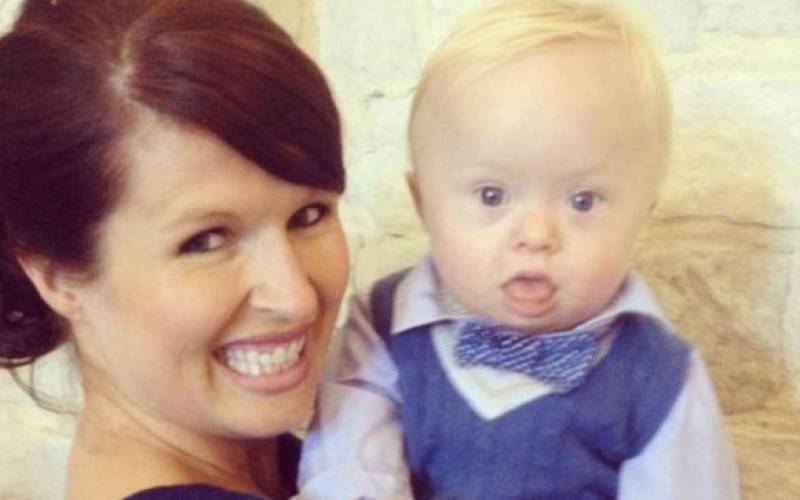Mother Was Furious After Rejection Of Her 15-Month-Old Son From Ad Campaign “Because He Has Down Syndrome”
Advertisers have been pressure from the public in recent years to include greater diversity in their advertising. While this has tended to include people of color and LGBTQ+ members, it still falls short when it comes to those with disabilities. In 2016, a mother discovered this firsthand after she submitted images of her Down syndrome baby boy to an adjacency. She began advocating for change, and we are gradually seeing the results of her efforts.
Meagan Nash knew her son Asher belonged in front of the camera when he was just 18 months old. He would light up whenever he was in front of a group or the camera. He acted as if he knew he was meant to put on a show, she said. She decided to send images to many talent agencies as a result of this. However, Asher was rejected by each of those agencies not long after. Why? He has Down syndrome, so that’s why.
Meagan claims that the agencies told her that this was due to the fact that no advertising agencies were seeking for special needs models or actors. “Well, did they claim they weren’t looking?” she replied. She was outraged by the discrimination her son had suffered and wanted to do something about it, so she turned to social media. She posted gorgeous photographs of Asher wearing a bow tie on the Changing The Face Of Beauty Facebook page. She asked OshKosh B’Gosh children’s clothing if they wanted to assist her change the face of beauty in the post.
Asher’s lovely images went viral immediately. His images began to appear in publications such as Kids With Down Syndrome and CNN News. Asher was swiftly included in OshKosh’s spring/summer campaign once they contacted him. He’ll be a big feature of their next holiday advertising.
Meagan claims she didn’t do all of this because she was desperate for her son to become a model. Instead, she did it because she saw how a lack of representation was harming thousands of children across the country, as well as millions around the world. Her campaign for Asher’s inclusion also raises the issue of disability in advertising and discrimination in general.
Despite being the world’s largest minority population, people with disabilities are still chronically underrepresented in the media and advertising. When they are included, they are frequently “tokenized” or depicted in a way that the public is expected to feel sorry for them. Rather, we need to include people with disabilities from the start, in the same manner that we would include anyone else. Not in some ‘heroic’ manner, but simply as they are: ordinary people going about their daily lives.
“When an agency goes out to gather consumer insights, that’s when you should be connecting with the handicapped population because they’re also your customer base,” explains Alison Kerry, head of communications at disability equality group Scope. “Advertisers are doing themselves a disservice by excluding disabled people… you are excluding a significant portion of your customer base.”
Source: fabiosa.com

